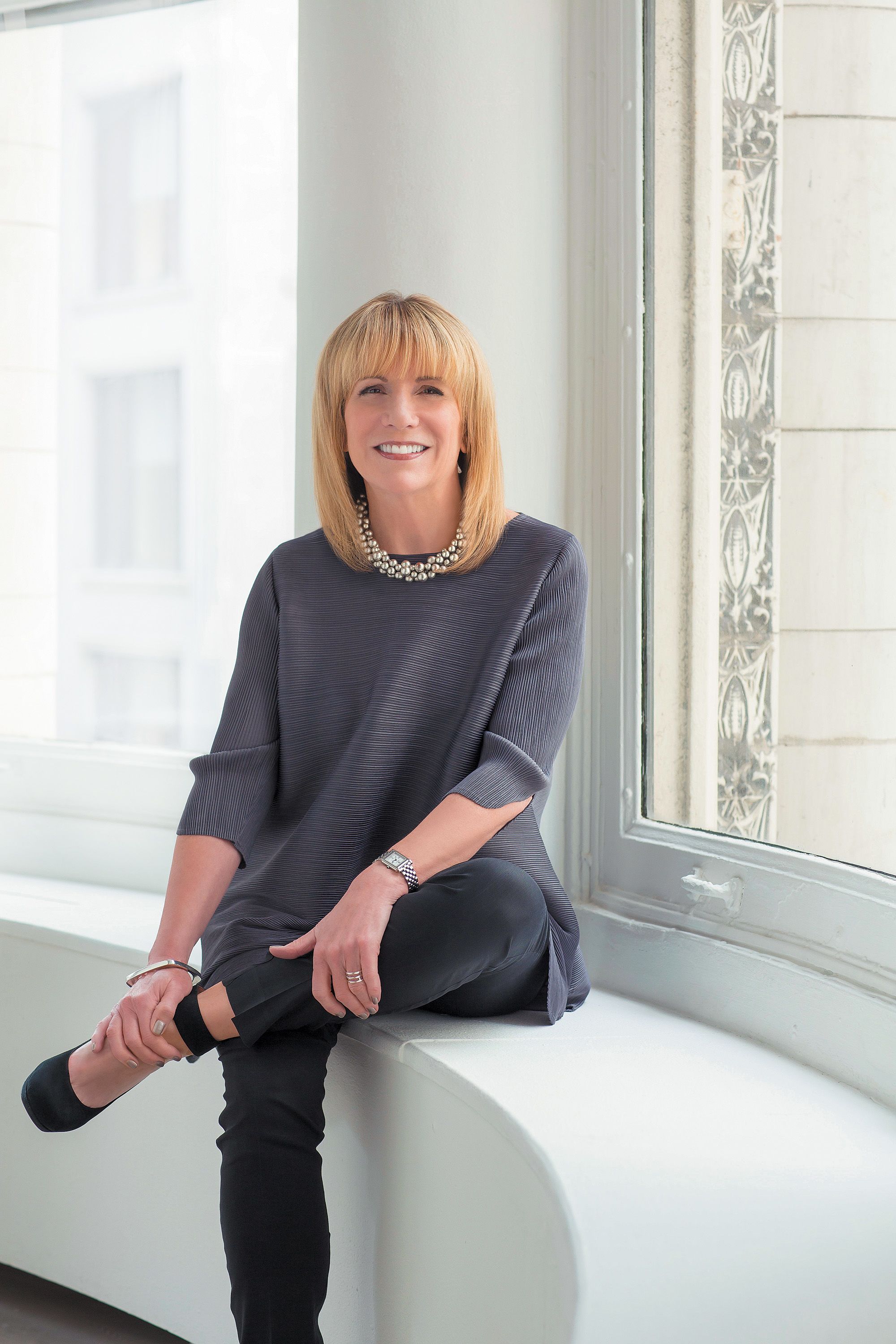President Elissa Tenny on SAIC's Commitment to Sustainability

The threat of climate change can seem overwhelming. Existential in its ramifications. It’s no wonder, then, that many School of the Art Institute of Chicago (SAIC) artists, designers, and scholars—who regularly tackle the pressing issues of our time—have made humanity’s environmental footprint central to their work.
Just this year, the SAIC Galleries’ exhibition Earthly Observatory explored our myriad impacts on the planet, and courses on subjects such as ecology, sustainable design, and BioArt are taught throughout the studio and liberal arts curriculum.
This issue of School of the Art Institute of Chicago magazine, released online throughout the spring 2022 semester, further showcases how our faculty, students, and alums are championing sustainability through art and design. In the coming weeks, you’ll find stories of how SAIC alums and faculty are taking on this work and their approach to conservation, environmental activism, and ecological principles. The work of SAIC artists, designers, and scholars is mirrored by the steps we’ve taken on an institutional level.
For more than a decade, SAIC has been modeling ways to minimize emissions that contribute to climate change. That’s been accomplished through implementing operational shifts such as LED lighting and automation systems, investing in renewable energy credits to promote emissions-free electricity, and purchasing carbon offsets from wind farms. Moreover, the School joined the Second Nature Climate Leadership Commitment in 2008, and on January 1, 2020, SAIC officially became a carbon-neutral campus, having reduced our carbon footprint by 57 percent.
The School’s commitment to preserving our environment is ongoing. Preserving the environment will take seismic change at all levels of society. At SAIC, that change is taking root in classrooms, studios, and our daily operations. I hope these efforts, and all the incredible work featured in this issue, renew your hope for the kinds of environmental stewards we can learn to be.
Elissa Tenny
President ■

